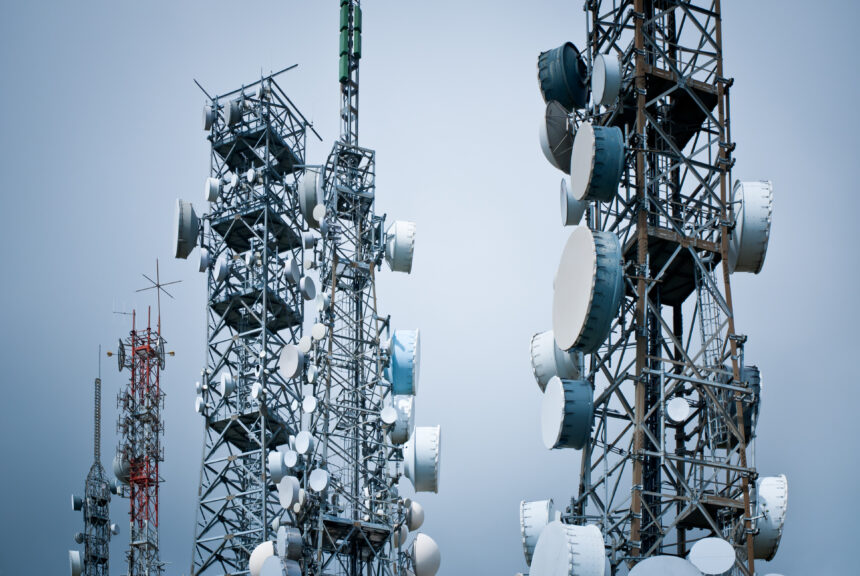Information minister Emma Theofelus recently held in-depth discussions with the Omaheke regional leadership.
The purpose of the visit was to identify gaps in connectivity, as well as the lack of network towers and access to information in various key areas of the region.
Theofelus met Omaheke governor Pijoo Nganate, regional councillors and key stakeholders from the region.
The minister said her visit to the vastly-populated region was important to assess and exchange notes around key areas that need network connectivity and upgrading of towers.
“Connectivity is essential. That’s why, as a ministry, we aim to make it an enabling lever for development, especially for socio-economic progress in our country. We are here today to identify the most pressing areas in the Omaheke region, particularly those with zero connectivity. That means the areas have no access to even 2G connectivity.
This lack of connectivity prevents people from sending text messages or accessing radio services.
“Being here today gives us an opportunity to hear directly from the residents. It’s the best way to understand whether some areas require new towers or just upgrades,” said the minister.
Theofelus stressed the importance of mobile networks, television and radio services as well as coverage.
The minister assured that the upgrading of towers, improved connectivity and enhanced digital literacy levels in Omaheke – just as the government plans to do with the rest of the regions countrywide – will be carried out through the Universal Service Fund.
This will be backed by the government with N$145 million over the next three years.
The Universal Service Fund is a strategic initiative, aimed at expanding information and communication technology (ICT) accessibility across the country.
As part of the first rollout phase, the Communications Regulatory Authority of Namibia (CRAN) will disburse a subsidy of N$31 million to MTC to install nine new network sites countrywide.
Theofelus said the government will provide financial and technical support to mobile network operators through the fund to expand connectivity services in high-risk, low-return areas of the various regions, with Omaheke included.
To ensure equitable and sustainable access to digital resources, Theofelus told the Omaheke leadership that proper streamlining, planning and collaboration will be key to achieving tangible and immediate impacts.
The goal of the Universal Service Fund is to ensure that regions with less than 80% of 4G coverage, as provided for in the national broadband policy, are given priority in terms of new towers, upgrades and modern technologies.
“Mobile network coverage now stands at 91% of the population. Internet penetration continues to rise. In urban areas, nearly 85% of households have access to reliable internet services, while rural connectivity is steadily improving due to strategic investments in digital infrastructure,” Theofelus said. Besides Omaheke, regions with less than 80% of 4G coverage include the Kavango West, Kavango East, Kunene, Ohangwena and Oshikoto.
In addition, over 16 schools and four clinics countrywide will receive uncapped Wi-Fi connectivity through the fund.


